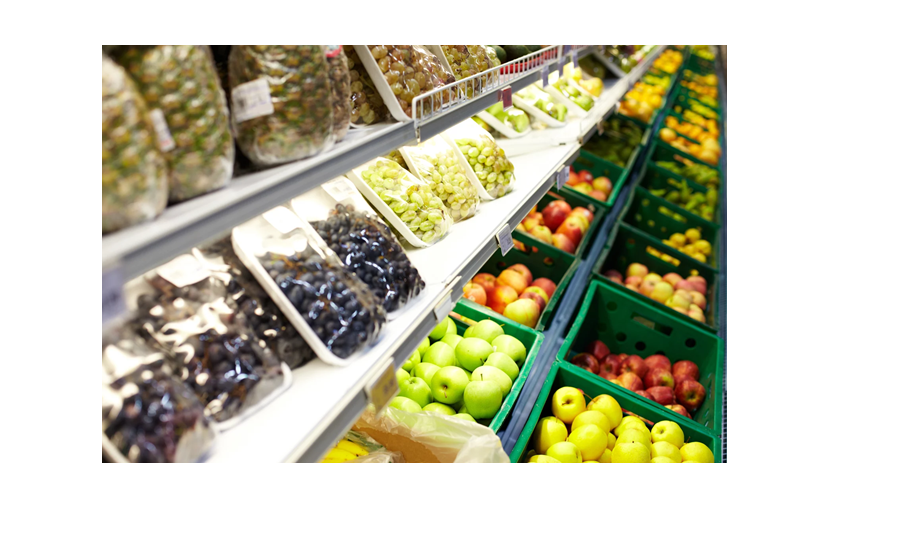When food products are described as “organic,” consumers expect them to have been produced according to rigid standards that correspond to agro-ecosystems that are socially, ecologically and economically sustainable.
According to the International Trade Center and the World Trade Organization, “The word organic is regulated both through international standards and through individual domestic regulations. These regulations include requirements on the production, processing, and labeling of organic food.”
What sets organic products and packaging apart?
There’s no visual difference between food products that have been grown conventionally vs. organically, but the packaging can showcase the difference by declaring organic certification.
Packaging for organic food has to be compatible with the product, compliant with strict food regulations. The materials that are used for food packaging, handling, and storage must be chosen meticulously. Chemicals shouldn’t ever be used, and consumers expect to receive organic products in the same condition as when they were packed.
Why promote sustainable packaging for organic food products?
The ultimate purpose of sustainable packaging is to preserve the environment. The manufacturing process for sustainable packaging is carefully monitored to include specialized packaging materials and designs. This type of packaging meets present packaging needs without compromising future economy.
Why is sustainable packaging so popular? It reduces the impact of packaging materials on the environment by incorporating biodegradable materials and producing economical packaging designs that efficiently manage time, shelf space, and investments.
What should food packagers consider when evaluating organic packaging?
Organic products must be packaged as efficiently as possible. The contents may be measured by volume, by weight, or by number. The information on the label must conform to the legal requirements of the FDA. If the packaging promises organic contents, then consumers expect nothing less. A viable option is stand-up, flexible packaging, which not only protects the product but also displays the organic declaration by a billboard effect.
The shape and dimension of the package matters, offering protection from external threats including spoilage, breakage and damage from external environmental conditions (including tampering). Primary, secondary and tertiary packaging must be designed so that the product stays in perfect condition until it reaches the end user.
Introducing biodegradable materials for sustainable packaging
Due to technological advances in polymer additives, the packaging market of today now offers biodegradable materials. These packaging options support the core principles of organic sustainability.
Historically, packaging materials couldn’t decompose or would take years to disintegrate in a landfill. Fortunately, scientists have been studying ways to accelerate the decomposition process while simultaneously protecting the environment. They have recently introduced an additive to the polymers used for flexible and rigid packaging that encourages the material to biodegrade quickly.
This additive prompts the decomposition process to start the moment the packaging materials are exposed to a high microbial count – such as what’s found in a typical landfill. The additive aids the decomposition process by reducing the materials to water and carbon approximately 18 months after exposure.
If food packagers want to “go green” with their organic product packaging, they need to research how they can reduce their carbon footprint and find more sustainable packaging options. Some packaging designs, such as barrier bags, help reduce the production of greenhouse gases. The goal should be to find packaging that on average consumes less energy from production to termination. Sustainable packaging helps protect the next generation by reducing waste.
Food packaging should act as a primary marketing tool for the organic product, promoting the item at the point of sale. For example, flexible packaging offers a smaller carbon footprint than many other packaging options. Consumers that are interested in organic food products will likely be interested in sustainable packaging as well.
The package must also attract first-time buyers and build brand loyalty for repeat sales. Combining multiple methods directly impacts the effectiveness of the products as well as the support for the claim of being an organic product.
Questions about packaging for organic products:
You can find the right packaging partners by asking the following questions:
1. Is the facility Certified Organic?
2. Do they hold an Organic License to run products and/or packaging?
3. Who is their accrediting body?
4. Do they follow good manufacturing and handling practices?
5. Can your product be handled/filled/packed by machine?
6. What are the physical properties of your product?
7. Could the product be modified for easier packing without affecting its taste or character?
8. Are there detailed mechanical and technical specifications for every element of packaging?
9. Do the specifications comply with the machine requirements?
10. What certification does my vendor hold and how do they differentiate suppliers?
Organic food manufactures have a lot to gain when they choose to use sustainable flexible packaging to support their organic declaration. In doing so, they confirm their commitment to preserve the environment, solidify their organic claims, and increase marketing potential among consumers. The salability of their organic food product will likely increase.
Maco PKG offers customers a diverse solution set for custom manufacturing of all types of bags and pouches and contract packaging. Maco PKG designs, manufactures, and assembles pharmaceuticals in a variety of flexible and rigid packaging formats to meet complex packaging needs. We fully understand and follow the demanding requirements of the pharmaceutical marketplace. To meet current regulations, we package and promote pharmaceutical products and increase patient compliance.




